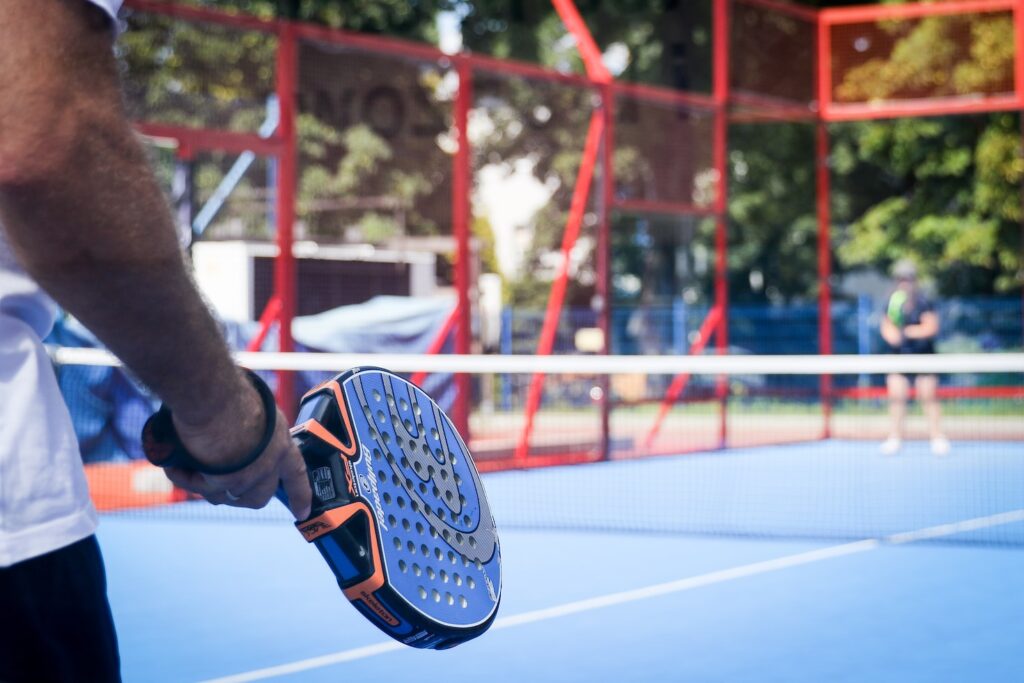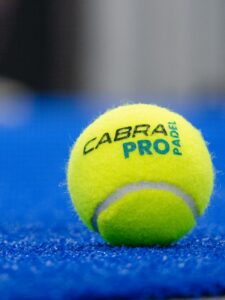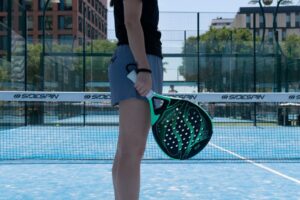Learning the language of padel: a guide to key terms
3 min read
Learning the Language of Padel: A Guide to Key Terms
The Padel Playground: Where Racket Meets Fun
If you’ve been itching to try a new racquet sport that combines elements of tennis and squash, then padel is the game for you! Padel is gaining popularity worldwide, and it’s no wonder why – the fast-paced action and thrilling rallies make it an incredibly addictive and enjoyable sport. As with any sport, diving into the world of padel means learning the language that goes along with it. So, let’s dive in and explore some important padel terms that will have you speaking the language of this exciting game in no time!
The Basics: Court, Paddle, and Ball
The padel court, resembling a smaller tennis court enclosed with glass walls, is the battleground for this thrilling sport. It measures 10 meters wide and 20 meters in length, doubling the fun compared to a squash court. The ball used in padel is a pressurized, low-bounce ball that lends itself to fast-paced rallies and strategic shots.
Now, onto the star of the show – the paddle. The padel racket, also known as a paddle, provides a unique blend of power and control. It is perforated to minimize air resistance and is usually made of a composite material that adds durability. When stepping onto the padel court, your paddle becomes your best friend, so make sure you choose one that suits your playing style!
Serving Up Some Terminology
Starting a game in padel always begins with a serve. There are various serving techniques, such as the “lift” serve, which has players hitting the ball in an upward motion, causing it to barely clear the net. A “regular” or “flat” serve is a popular option as well, where the ball is hit at a low trajectory, parallel to the ground. Whichever serve you choose, just make sure it’s accurate and puts your opponents on the back foot!
Netiquette: Mastering the Art of Padel
Now that you’ve got a basic grasp of padel terms, let’s delve into some essential gameplay concepts. When it comes to the net, there are a few crucial strategies to keep in mind. “Volleying” is a technique where you strike the ball in mid-air before it bounces on the ground, allowing you to maintain control and keep your opponent guessing. A well-executed volley can put your opponents under immense pressure or even win you the point outright!
Another crucial concept to remember is “lobbing.” This involves lofting the ball high into the air over your opponents, forcing them to retreat to the back of the court. Lobs are an excellent way to regain control of the point or set up a devastating smash, where you powerfully slam the ball into your opponent’s side of the court. The smash is not only an exciting shot to watch but also a satisfying one to execute!
Advanced Play: Padelspeak for the Experts
As you continue to improve and become a padel pro, it’s essential to familiarize yourself with more advanced terminology. One such term is the “bandeja.” This is a shot similar to a smash, but it’s hit with less force and more control, aiming to drop the ball deep into your opponent’s court. The “víbora,” on the other hand, is a deceptive shot where you flick your wrist at the last moment, giving the ball unpredictable spin and bounce.
Conclusion
Now that you’ve got a handle on some of the key padel terms, it’s time to put your knowledge into practice. Remember, the key to becoming proficient in the language of padel is to immerse yourself in the game. So grab your racket, head out to the court, and start practicing those serves, volleys, and smashes! Before you know it, you’ll be speaking the language of padel fluently and enjoying every moment of this exhilarating sport!
Remember, when it comes to padel terms, practice makes perfect! So keep honing your skills, stay passionate, and never stop improving. Let the language of padel become second nature to you, and you’ll soon find yourself dominating the court with style and finesse. Good luck and have a smashing time playing padel!







